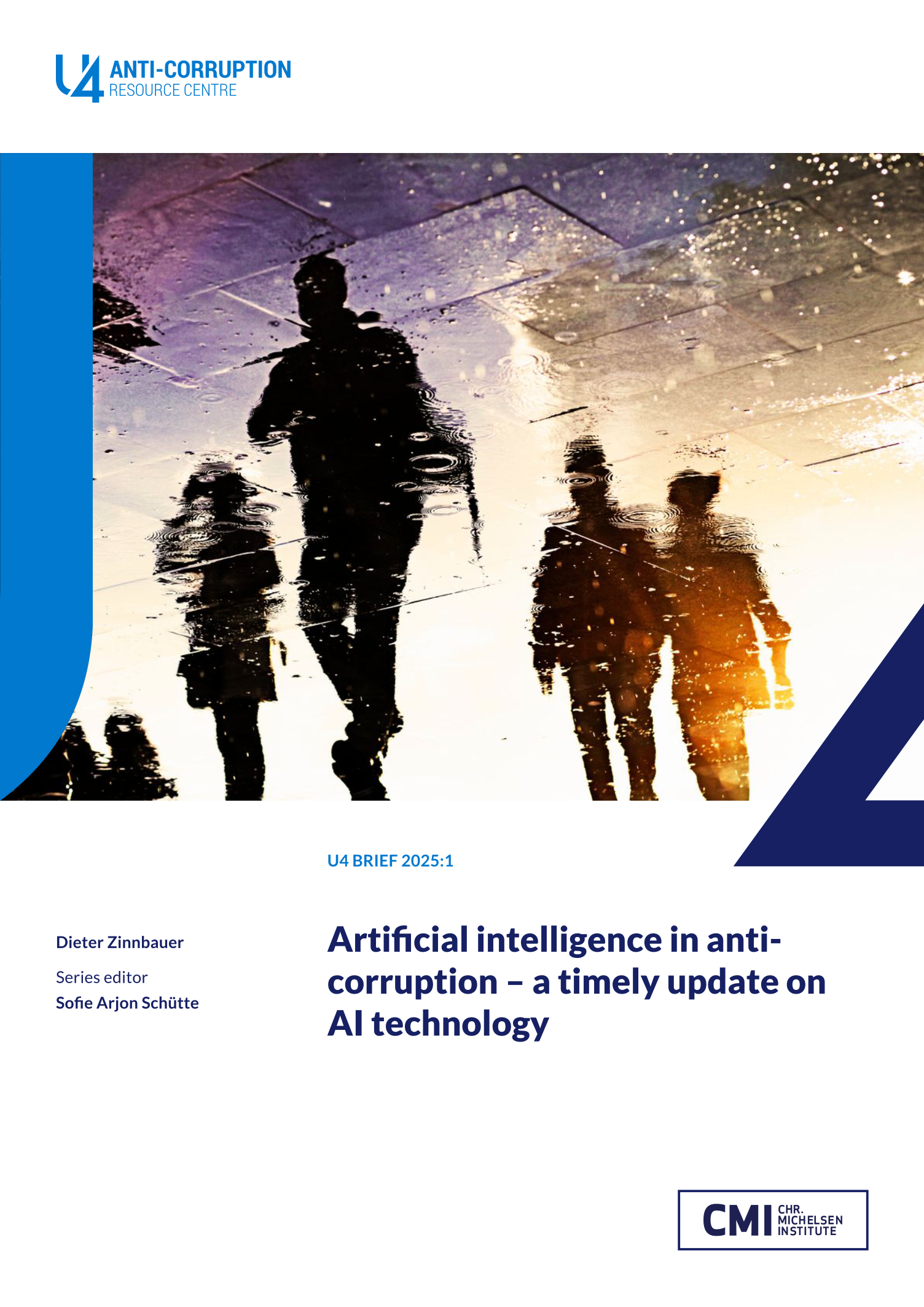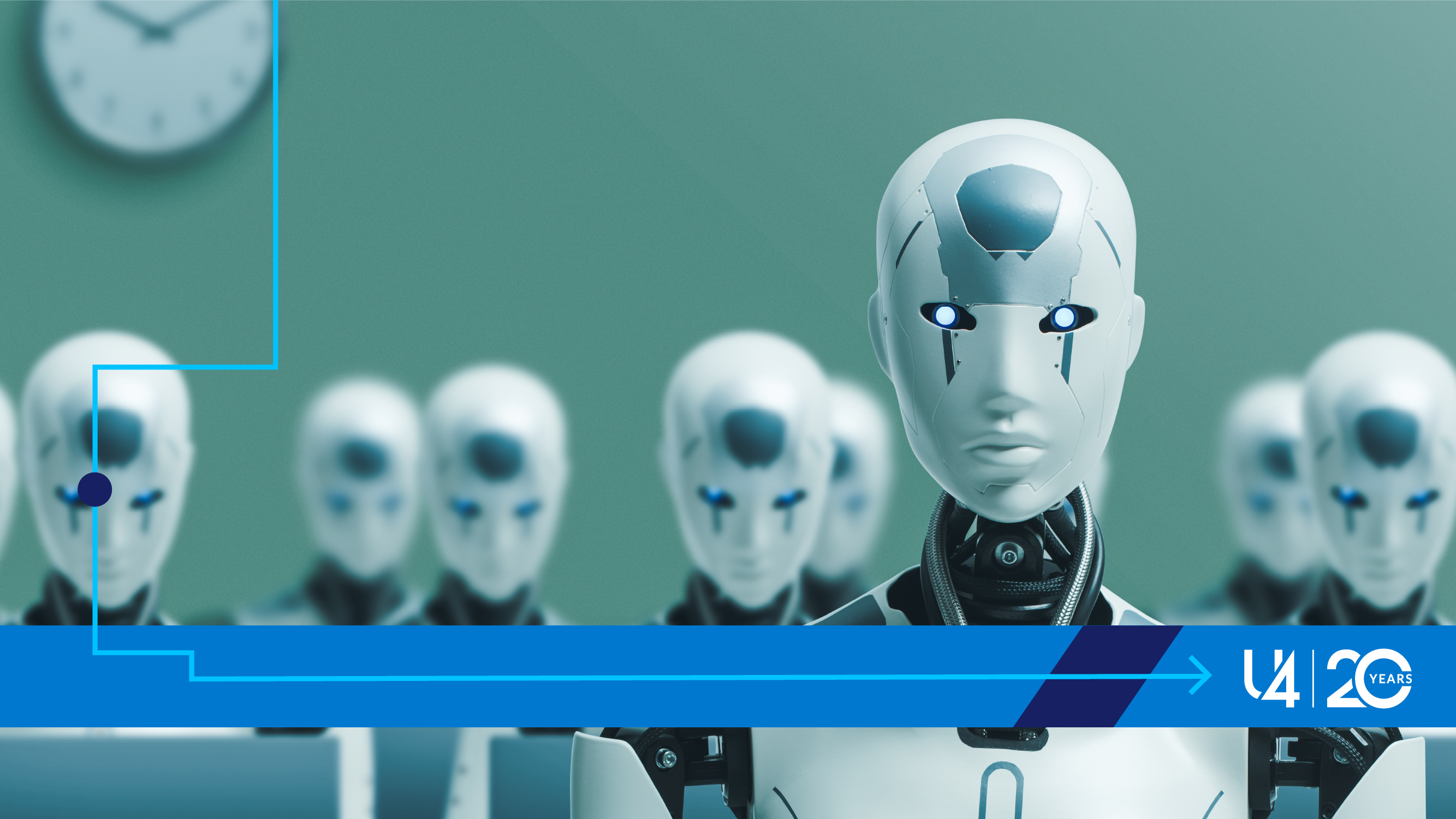Main points
- Artificial intelligence (AI) has developed rapidly in the last few years. It has demonstrated impact in a number of ‘classic’ anti-corruption areas – procurement integrity, compliance, fraud detection and anti-money laundering.
- AI grapples with some of the same challenges that have been found to undermine the efficacy of previous generations of digital technologies in anti-corruption work. These challenges include resource constraints, organisational resistance and digital divide issues.
- AI systems come with several specific challenges that can also adversely affect deployment in the anti-corruption context. These include inherited biases, erroneous outputs, and lack of explainability – meaning the reasons why AI has arrived at a particular output cannot be fully explained.
- Emerging evidence points to several promising application areas for AI in the broader integrity environment that have so far received limited attention by anti-corruption practitioners. These areas include the use of AI to generate new insights from remote sensing via satellites, and its utility in managing large-scale citizen consultation and engagement projects.
- Donors can play a timely and important role in building targeted capacity for tailoring the latest AI systems that work as multi-purpose platforms to the fight against corruption in specific applications areas.
- Donors can also serve as important catalysts for cross-practice collaborations, and to reaffirm the focus on addressing multiple digital divide issues that hold back the realisation of many gains from AI.
- Data quality and availability are key for effective AI deployment against corruption. Donor investments in conventional accountability data (eg, asset disclosure, political finance data) and AI training data can make critical contributions.



